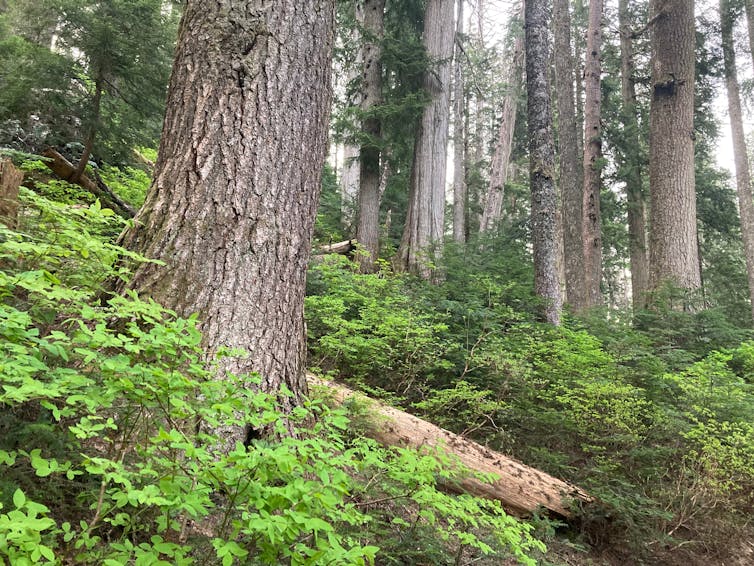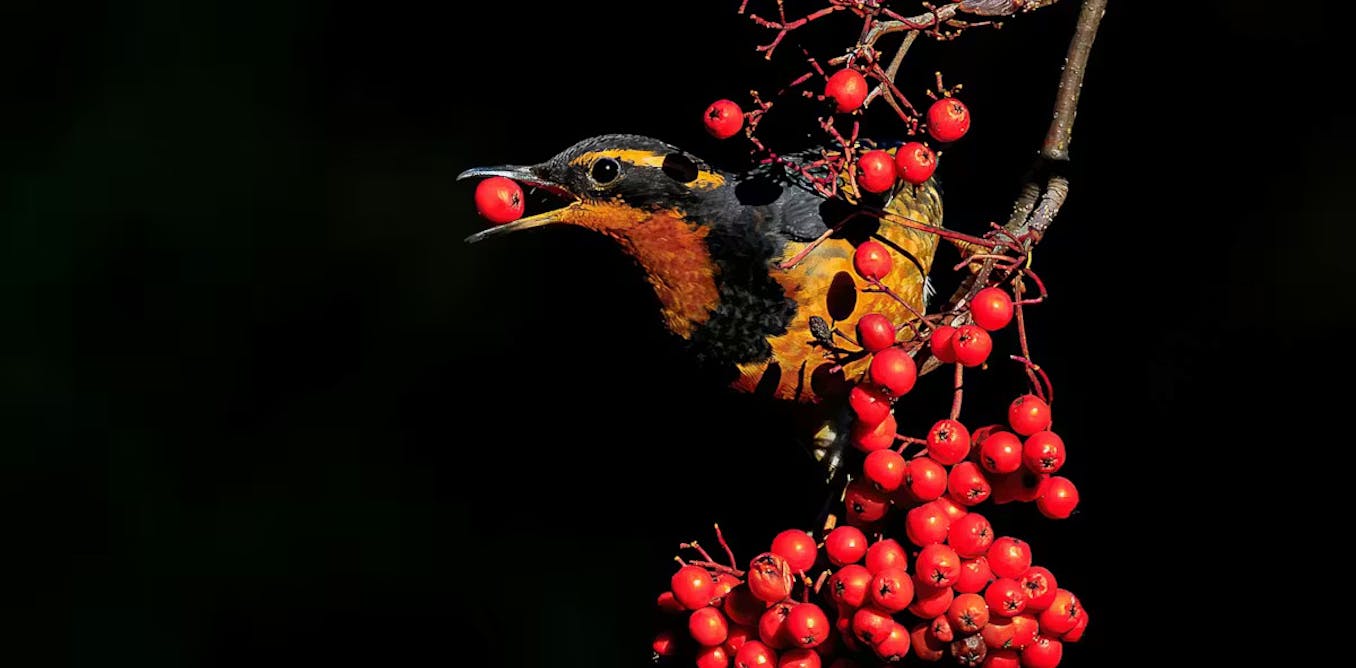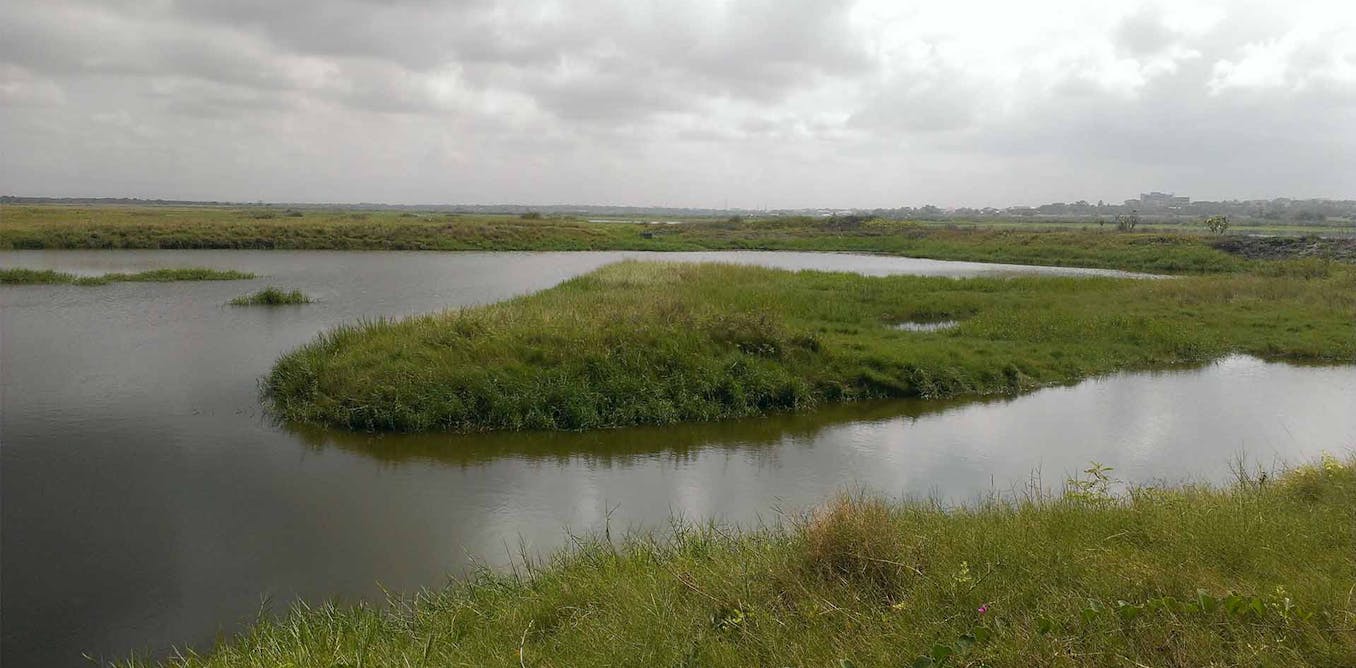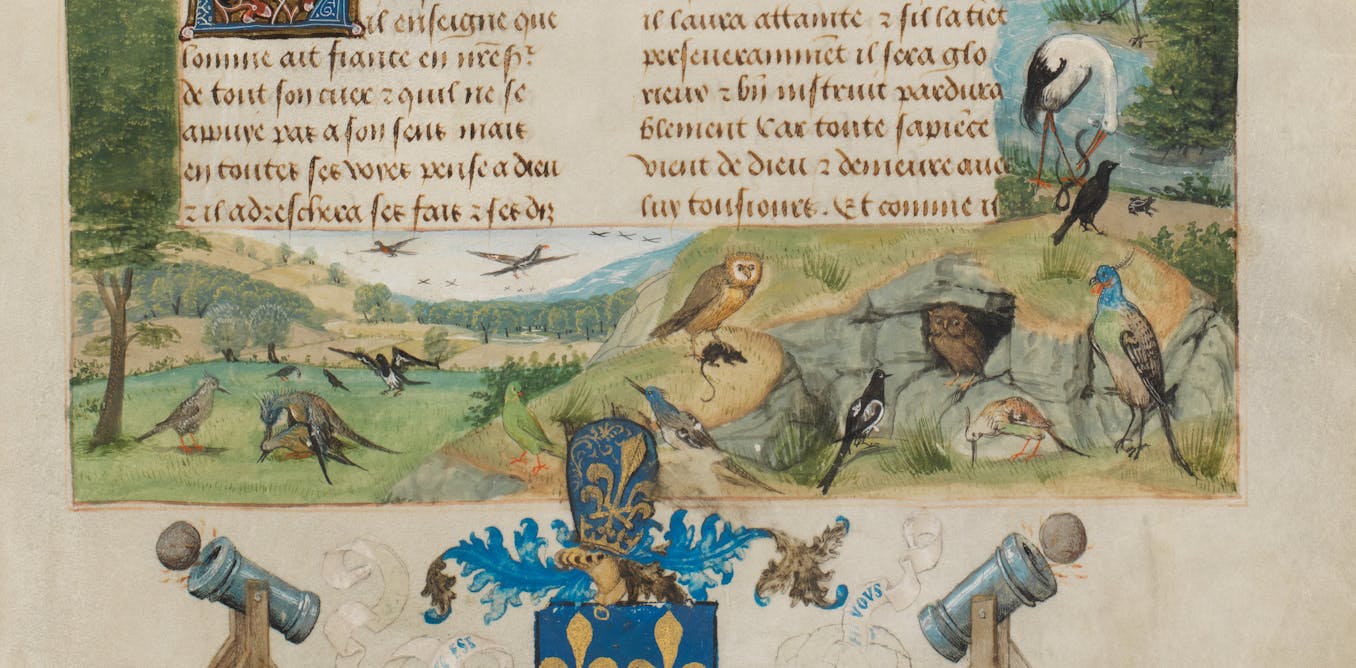We know that climate change is affecting animals and habitats across our world, but figuring out how isn’t always easy. In fact, for years, I told audiences we simply could not know how mountain birds in the Pacific Northwest were responding to climate change. But as my recent research proves, I was mistaken.
It wasn’t for lack of scientific interest — biologists worry that mountain species are vulnerable to warming temperatures. It wasn’t for lack of personal interest — I grew up among the snow-capped mountains of the region and wanted to know what was happening in my own backyard. It was because we lacked the data.
Specifically, I thought there was no historical data describing where Pacific Northwest birds lived along mountain slopes prior to recent climate change. Historical data provides a crucial baseline. With good historical data in hand, researchers can compare where species live now to where they used to live. In protected landscapes where people aren’t directly changing the habitat, climate change is the main force that could impact where birds live.
As a postdoctoral fellow at the University of British Columbia, I had found historical datasets and conducted resurveys in far-flung locations from Peru to Papua New Guinea. Yet I did not know what was happening to the birds living in the mountains visible from campus.
(Benjamin Freeman)
Then, one day I found a scientific paper describing an impressive bird survey from the early 1990s from these nearby mountains. I contacted the lead author, wildlife ecologist Louise Waterhouse, who told me she still had the original data and was interested in a resurvey.
The expectation is that mountain species should respond to hotter temperatures. Some species like the warmer areas at the base of the mountain, while others require cold areas near the mountain top.
Bird surveys

(Melissa Hafting/@bcbirdergirl), Author provided (no reuse)
The general prediction is that plants and animals will move to higher elevations where temperatures remain cool, as if they are riding a slow-motion escalator. This spells trouble for mountaintop species, which have nowhere higher to move to. For them, climate change can set in motion an “escalator to extinction.”
To determine whether this was true, I first had to relocate the locations that Waterhouse and her colleagues had surveyed. Global positioning system units did not exist at the time, so they marked their survey locations on maps. I spent days in the forest, tracing my finger along the map as I walked through the woods.
Luckily for me, Waterhouse conducted her surveys in old-growth forests. With their towering trees and massive decaying logs on the forest floor, it was easy to tell when I stepped from the surrounding younger forest into one of these ancient groves.
Then I had to do the modern surveys. This required waking up at 4 a.m. for a month. Birds are most active in the early morning, so that’s the best time to conduct research.
While it’s never fun to set an early alarm, it was glorious to spend dawn among giant trees listening for birds. One morning a bobcat padded along a mossy log just a couple of metres from where I stood.
Another day a barred owl swooped noiselessly past me like a forest ghost. And every morning I conducted survey after survey, scribbling the species I encountered in my notebook.

(Benjamin Freeman)
What we found
After the survey work was completed, our team analyzed the data. We found that temperatures have increased by around 1 C in southwestern British Columbia since the early 1990s.
We wondered whether this warming would set the escalator to extinction in motion. But the main response we found was that species still live in the same slices of mountainside but have become more abundant at higher elevations. That suggests most species living in old-growth forests in this region are resilient to climate change so far.
Our resurvey is kind of like going to your doctor for a routine physical exam, but for an entire bird community. We found most species are doing well, akin to a general good report from your doctor. But we also identified problems.

(Mason Maron), Author provided (no reuse)
Most notably, the Canada jay has dramatically declined and is on the escalator to extinction. This grey-and-white bird, also known as “whiskey jack,” is well-loved for its bold behaviour and intelligence and is considered by some to be Canada’s national bird. Follow-up research is urgently needed to help these charismatic jays persist in this region.
Our study provides a clear picture of how birds are responding to climate change in the mountains near Vancouver. This information is directly useful to land managers and conservationists.
I think back to the years when I said this study was impossible. If I hadn’t come across Waterhouse’s study that one grey afternoon, the hard-won data that she and her team collected might have been lost.
Now, as an assistant professor at Georgia Tech, I have created the Mountain Bird Network to save and share such legacy datasets from mountains across the globe. Who knows what other mountains have high-quality historical data?
Thinking about mountain birds, I realize my toes are tapping as I look to the alarm clock and decide that maybe I need more 4 a.m. wake-ups in my life.

The post “New study finds Pacific Northwest birds are becoming more common in the mountains as the climate warms” by Benjamin Freeman, Assistant Professor, School of Biological Sciences, Georgia Institute of Technology was published on 11/27/2025 by theconversation.com


































Leave a Reply